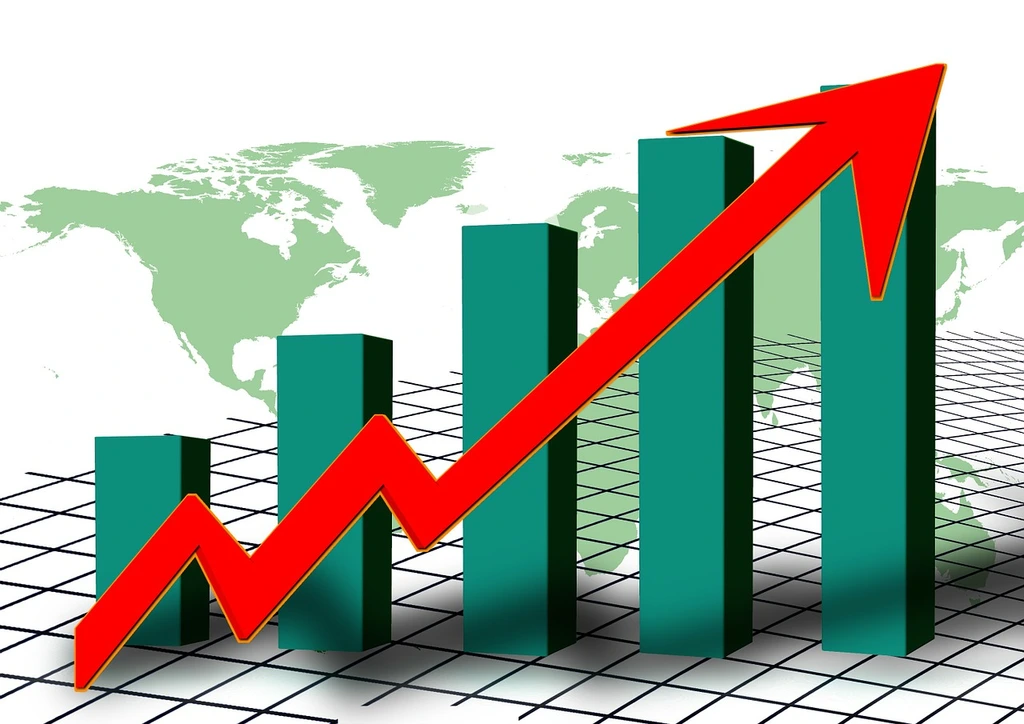Welcome to the Economics 101 series in which we will go over the most basic concept in economics that everyone should understand. The series of articles contains discussions about the following subject:
- Supply and Demand
- Opportunity Cost
- Scarcity
- Cost-Benefit Analysis
- Incentives
- Elasticity
- Market Structures
- Gross Domestic Product (GDP)
- Inflation and Deflation
- Fiscal and Monetary Policy
This is part eight in which we will discuss the way too often misunderstood and key concept of GDP.
When it comes to understanding the health and vitality of a country’s economy, one key indicator stands out – Gross Domestic Product (GDP). GDP is a measure of the total value of all goods and services produced within a country’s borders over a specified period of time. It is considered a vital statistic by economists, policymakers, and investors alike, as it provides insights into the overall economic activity and performance of a nation.
Measuring Economic Output
To calculate GDP, economists use one of three primary methods:
- 1. Expenditure Approach: This method adds up the total spending on final goods and services in an economy. It includes consumption by households, investment by businesses, government spending, and net exports (exports minus imports).
- 2. Income Approach: This method calculates GDP by adding up all the income generated in an economy. It includes wages, salaries, profits, rent, and interest.
- 3. Production Approach: This method estimates GDP by summing up the value added at each stage of production. It accounts for the value of materials, labor, and capital used in the production process.
Why GDP Matters
GDP is an essential tool for policymakers as it helps them assess the overall health of an economy and make informed decisions. Here are a few reasons why GDP matters:
- 1. Economic Growth: GDP provides a measure of economic growth over time. By comparing GDP figures from different periods, policymakers can gauge whether an economy is expanding or contracting.
- 2. Standard of Living: Higher GDP per capita is generally associated with a higher standard of living for the population. Rising GDP can indicate improved economic conditions and increased wealth.
- 3. Employment: GDP can help policymakers understand the impact of economic growth on employment levels. A growing GDP often corresponds to increased job opportunities as businesses expand.
- 4. Investment: Businesses and investors often rely on GDP figures to make investment decisions. A growing GDP signals a thriving economy, which may attract both domestic and international investment.
Limitations of GDP
While GDP is a widely used indicator, it has its limitations. Here are a few considerations:
- 1. Incomplete Picture: GDP only measures the value of goods and services produced within a country’s borders. It does not account for factors such as income inequality, quality of life, or environmental sustainability.
- 2. Non-Market Activities:GDP excludes activities that are not exchanged for money in the market, such as household chores or volunteering. This can lead to an underestimation of important contributions to society.
- 3. Distribution of Wealth: GDP does not provide insights into how wealth is distributed within a population. A high GDP per capita does not necessarily mean that everyone is benefiting equally.
- 4. Externalities: GDP does not capture external costs or benefits, such as environmental damage or the value of leisure time. It focuses solely on economic output.
And to conclude Gross Domestic Product (GDP) is a crucial economic indicator that provides insights into a country’s economic activity and performance. It helps policymakers evaluate the overall health of the economy, make informed decisions, and assess the impact of policies. However, it is important to remember that GDP is not the sole measure of a nation’s well-being and should be considered alongside other indicators to obtain a comprehensive understanding of an economy.





















